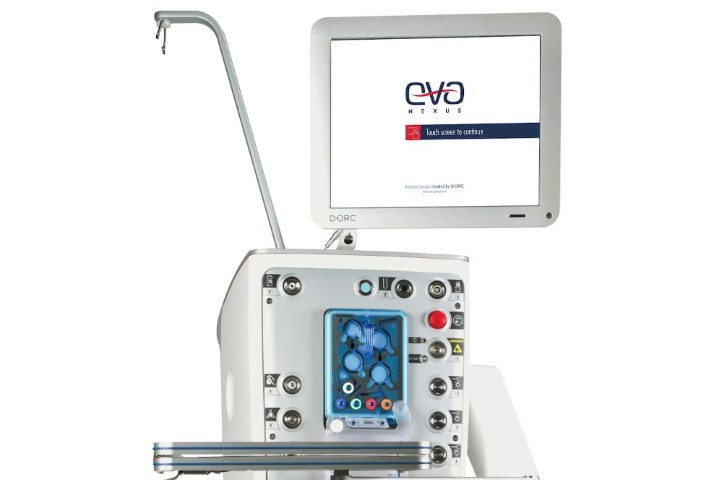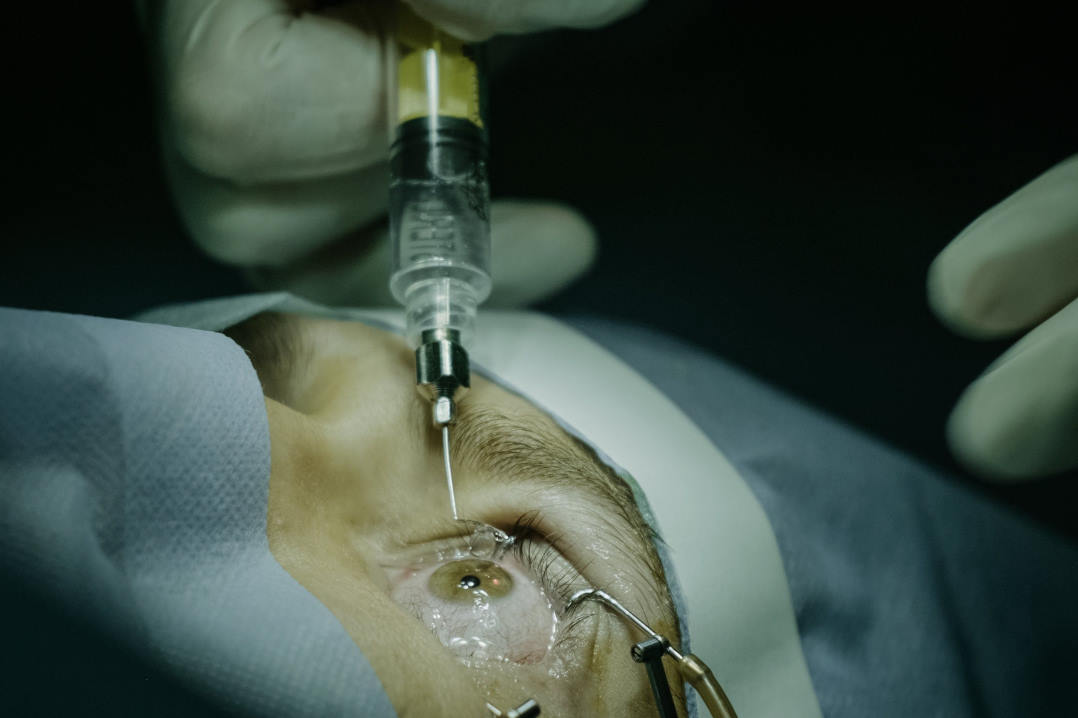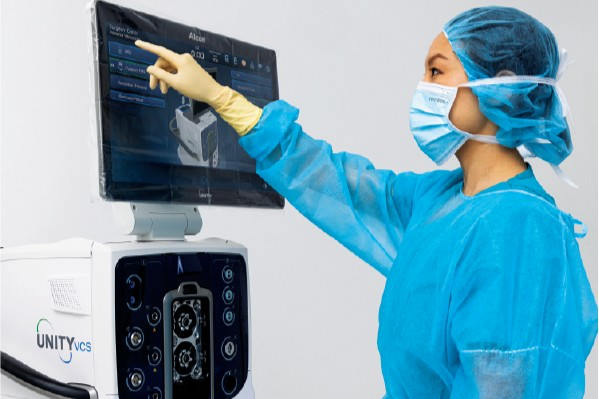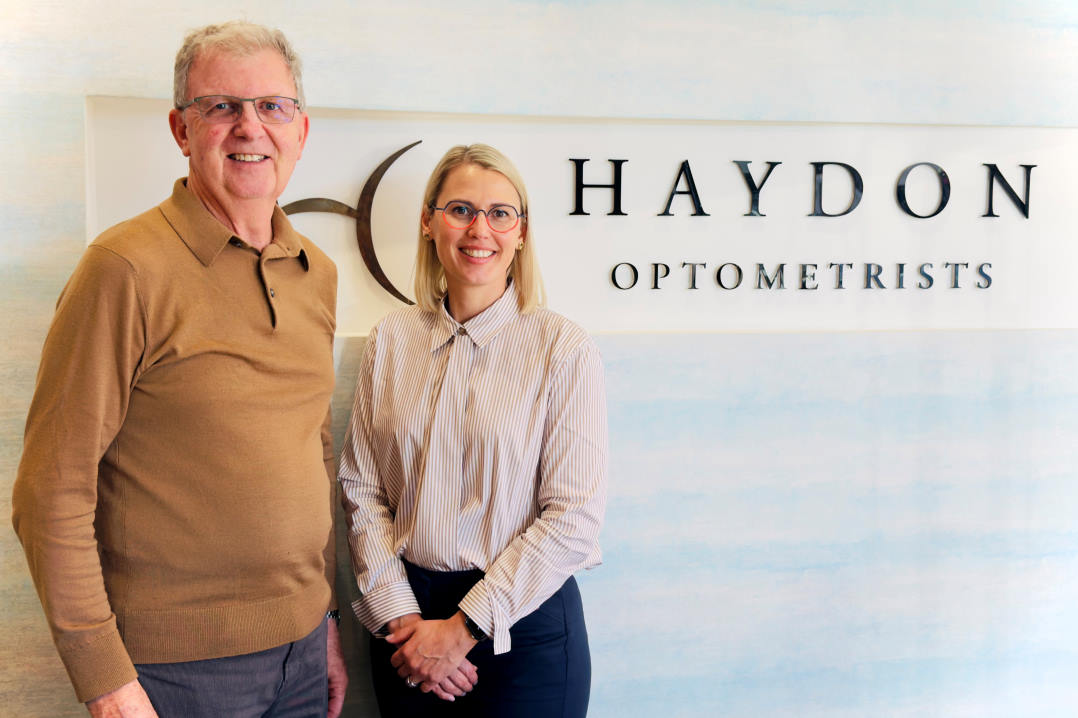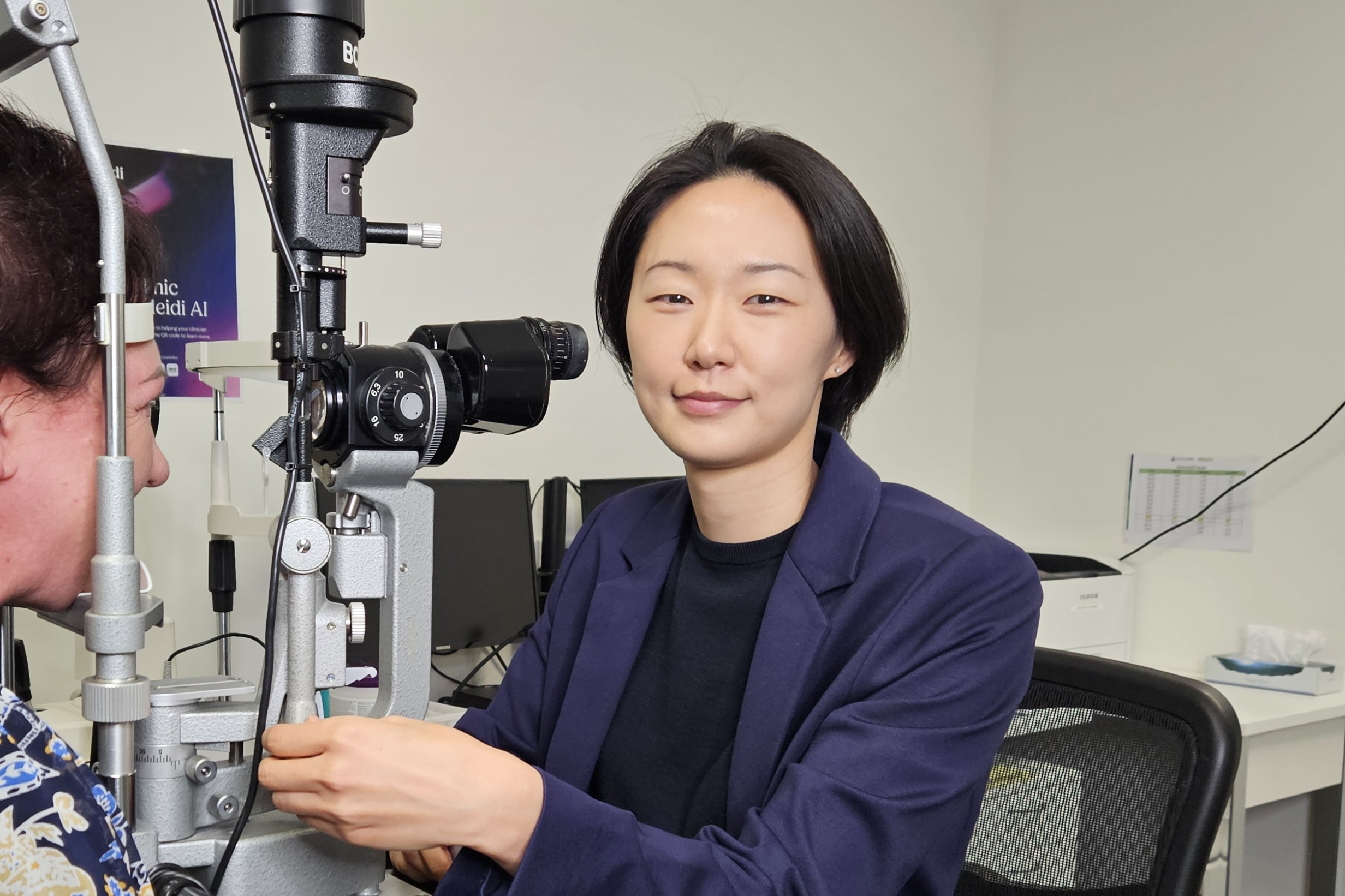Genetic glaucoma test closer
A genetic test to identify glaucoma risk may be available within the next two years, potentially revolutionising future of glaucoma screening said Centre for Eye Research Australia (CERA) researchers.
The ground-breaking CERA study into the genetics of glaucoma have identified 107 genes seen to increase a person’s risk of developing glaucoma. “For the first time, we’ve been able to clearly show that people with different genetic loads have different likelihoods of developing glaucoma,” said Professor Alex Hewitt, CERA’s head of clinical genetics.
Published in Nature Genetics, the research focused on primary open angle glaucoma; the most common form found in people of northern European descent. Researchers found the test also worked well in people from South Asia. This means a larger population than expected may benefit from the test, said Prof Hewitt.
“We’re hoping this could be like bowel cancer screening,” he said. “Imagine if a saliva DNA collection kit is sent to you when you turn 50. You mail it back and a few weeks later receive a report card that shows your risk of glaucoma and how often you need to get your eyes checked.”
The study was a collaboration involving researchers from CERA, the QIMR Berghofer Medical Research Institute, Flinders University and other centres around Australia.












